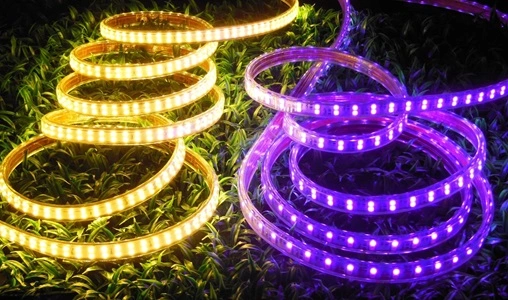LED (Light Emitting Diode) lights are becoming very popular today. They are used in homes, offices, and even in streetlights. LED lights use less electricity and last longer than traditional bulbs. They are small in size but give bright light. This makes them a great choice for saving energy and lighting up spaces. Let’s explore the advantages and disadvantages of LED lights in detail.

Why LED Lights are a Smart Choice
LED lights have many benefits that make them better than regular bulbs. According to TechieBlaze.com, LED lights are not only energy-efficient but also eco-friendly. They help in reducing the electricity bill and are good for the environment.
- Energy Efficient: LED lights use much less electricity than traditional bulbs. This helps save energy and reduces electricity bills.
- Long-lasting: LED lights last much longer than regular bulbs. While a traditional bulb may last for 1,000 hours, an LED light can last up to 25,000 hours.
- Eco-Friendly: LED lights do not have harmful chemicals like mercury, which is present in some other types of bulbs. This makes them safe for the environment.
- Bright and Clear Light: LED lights give off bright light that can be directed to where it is needed. This makes them perfect for lighting up homes, offices, and streets.
- Durable: LED lights are strong and can handle rough conditions like shocks and vibrations. This makes them more durable than other types of bulbs.
- Instant Lighting: Unlike some other bulbs, LED lights turn on instantly. There is no need to wait for them to warm up.
Some Downsides of Using LED Lights
While LED lights have many advantages, they also have some disadvantages that should be considered.
- High Initial Cost: LED lights can be more expensive to buy compared to regular bulbs. However, their long life makes them a good investment in the long run.
- Not Suitable for All Spaces: LED lights are very bright, which may not be suitable for all places. For cozy or soft lighting, some people might prefer other types of lights.
- Heat Sensitivity: LED lights can be sensitive to heat. If they are used in a very hot environment, their lifespan may reduce.
- Blue Light Hazard: Some LED lights emit a blue light, which may affect sleep if used in bedrooms. It can also strain the eyes if looked at for a long time.
- Directional Lighting: LED lights shine in one direction, unlike regular bulbs that light up a whole area. This can be both an advantage and a disadvantage, depending on the need.
Table of Comparison: Advantages and Disadvantages of LED Lights
| Advantages | Disadvantages |
| Energy-efficient | Higher initial cost |
| Long-lasting | Not suitable for all spaces |
| Eco-friendly | Sensitive to heat |
| Bright and clear light | Can emit blue light |
| Durable | Directional lighting |
| Instant lighting |
Conclusion
LED lights are a smart and energy-saving option for lighting up any space. They last longer, save electricity, and are safer for the environment. However, the initial cost and some specific issues, like sensitivity to heat, should be considered. Overall, LED lights are a good investment for anyone looking for durable and efficient lighting.
For more information on modern lighting solutions and technology, you can visit TechieBlaze.com to stay updated on the latest trends

